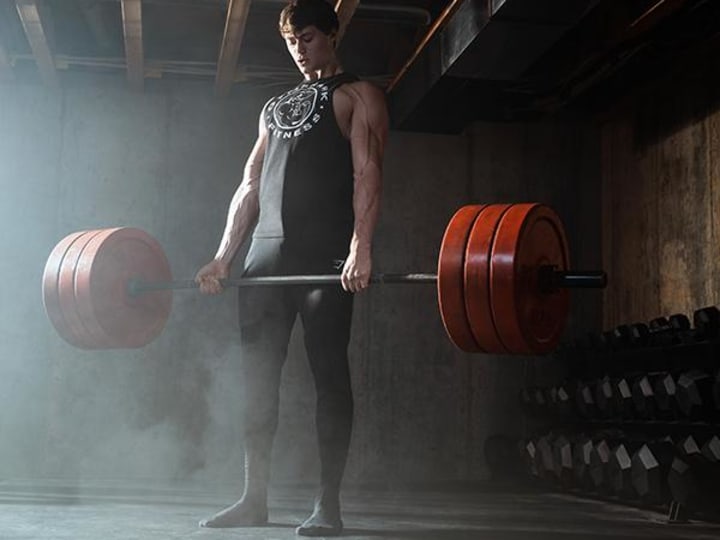A goal for a lot of people who go to the gym is to get stronger. Studies have shown that strength training comes with loads of different benefits, including improving your posture, bone density and overall bone composition. Also, let’s be honest; there isn’t much that beats the feeling of hitting a personal best.
However, even the best of the best can’t be hitting PBs in every session. Getting stronger takes commitment and perseverance. Luckily, there are some things you can do to help yourself get stronger and start lifting heavier weights.
Be realistic
First things first, when it comes to lifting heavier weights, it is important to make sure you're realistic. ‘Lifting heavy’ might mean deadlifting a very different weight to the person next to you, and that’s okay!
If you’re not realistic with what you’re lifting, then you’re likely to end up injuring yourself, which will only slow down your progress. Focus on your personal development in the gym and leave your ego at the door. If it’s heavier than you did last week or the week before, it’s progress – no matter what anyone else is doing.
Be consistent
The key to getting stronger is consistency. While you don’t want to be overtraining, if you want to get a stronger bench press, then doing bench press a couple of times a month just isn’t going to cut it. When you’re designing your workout programme, it’s important to keep this in mind.
Ask yourself: What are my goals and what do I need to do to achieve them? We would recommend doing 3-5 strength training workouts each week, making sure each muscle group is getting a few days to rest in between.
Make progressive overload your new best friend
If you want to lift heavier weights, then you need to be using the principle of progressive overload. This essentially means overloading muscles by gradually increasing the weights you are lifting. This is going to shock your muscles, resulting in them gaining mass and strength. Without it, it is easy to hit a plateau and stop making progress with the weights you’re lifting.
Sounds obvious, but if you want to lift heavier weights you actually have to, well, lift heavier weights. Keep a note of what you’re lifting each session and make sure that you’re continuing to push yourself safely.
Make sure your form is on point
It’s no good lifting heavier weights if your form is wrong. Not only is this going to reduce the effectiveness of the exercise, but you’re also going to be more prone to injury, which is not going to help you gain strength in the long run.
Before moving on to heavier weights, master your form and get your body used to doing the movement. Once you have got this down, you’ll find yourself making those gains far quicker (and safer) than you were doing before.
Fuel your body properly
Getting stronger is not just about what you’re getting up to in the gym, but also about what you’re eating. Nutrition has a huge impact on the body, the way it performs under load and the time it takes to recover. Make sure that alongside training, you’re getting a balanced diet full of enough protein, carbohydrates and fats to keep you fit and healthy.
If you want to find out more about nutrition and strength training, check out what bodybuilder, powerlifter and nutritional science expert, Dr. Layne Norton had to say right here.
When working towards lifting heavier weights, it is important to remember that slow and steady really does win the race. Yep, you might want to hit PBs in every session, but it’s not realistic. If you are being consistent, practising progressive overload, performing each exercise safely, and fuelling your body right, then you’re going to get stronger.
Be patient and trust the process; you’ve got this!

